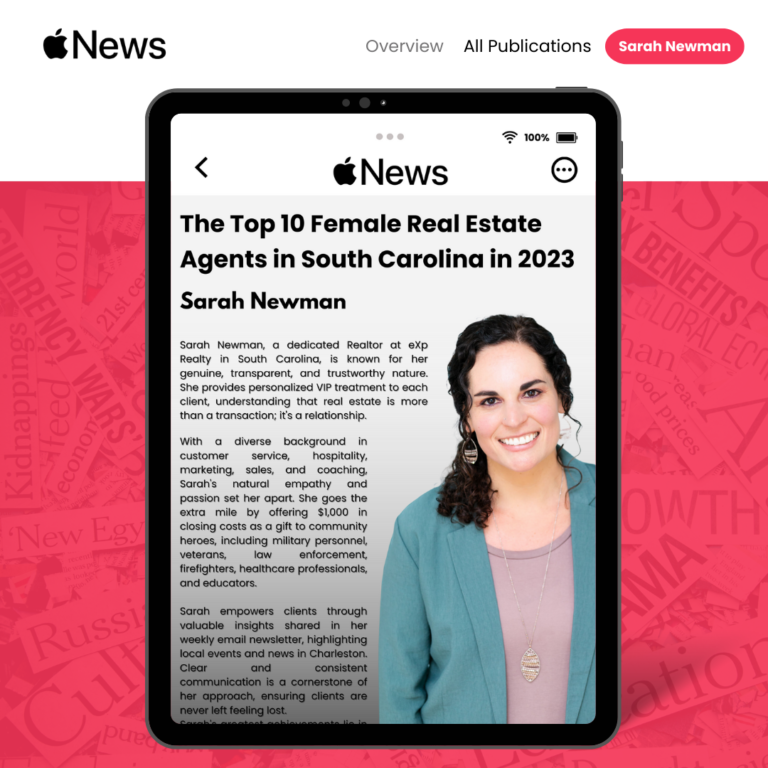If you’re considering a move to Charleston, South Carolina, you’re probably contemplating various factors that contribute to the city’s charm. However, one critical aspect that frequently raises concerns among newcomers is flooding. With Charleston’s unique geography and history, understanding flood zones and flood insurance is essential. This article aims to demystify these topics, providing valuable insight for prospective residents and homebuyers.
Understanding Flood Zones in Charleston
Charleston is often referred to as The Lowcountry, meaning the area is characterized by low elevation and susceptible to flooding. A common misconception is that you can find homes that are completely free from flood zones. Unfortunately, all of Charleston is classified as a flood zone, albeit with varying degrees of risk.
Types of Flood Zones
FEMA (the Federal Emergency Management Agency) designates different flood zones based on risk levels, which consequently impacts flood insurance requirements. Here’s a closer look at the categories:
- Zone X: This is the lowest risk flood zone, indicating a 0.2% to 1% annual chance of flooding. Homebuyers typically prefer homes in this zone.
- Zone AE: This zone indicates a moderate risk of flooding with a 1% chance annually equating to about a 20% chance over a 30-year period.
- Zone VE: This designation signifies high risk, often found in coastal areas. Homes in this zone generally experience the most expensive flood insurance rates.
It’s vital to assess which zone you’re considering when searching for a property in Charleston.
How to Determine Your Flood Zone
To find out what flood zone a specific property falls into, start with the following resources:
- FEMA’s Website: FEMA provides maps and resources that detail flood zones nationwide.
- Tax Records: Often, the tax record for a property indicates its flood zone, making this a quick reference point.
Importance of Flood Insurance
Flood insurance is a separate policy from homeowner’s insurance and plays a crucial role in financial protection against flooding. Understanding when you’re required to maintain flood insurance is key.
- If a property is in Zone X, flood insurance is not mandatory.
- For properties in higher-risk areas (Zones AE and VE), securing flood insurance is a lender requirement if financing the home.
Consider obtaining a policy even if you are not required to, as flooding can occur unexpectedly.
Estimated Costs of Flood Insurance
Flood insurance premiums can vary significantly based on your property’s flood zone and its specific risk factors. Here’s a rough breakdown of potential costs:
Zone X: Approximately $600 per year (around $50 per month).
Zone AE: Ranges from about $600 to $1,800 annually, depending on various factors.
- Zone VE: Can reach several thousands of dollars annually due to the high-risk designation.
Factoring in Flood Insurance into Your Budget
Remember to account for flood insurance in your overall budget when getting pre-approved for a home loan. Many prospective homeowners underestimate the potential costs of insurance, leading to financial strain later on.
Evaluating Your Coverage Options
You have two primary options for flood insurance coverage—through FEMA or via private carriers. Here’s how they compare:
- FEMA Coverage: Covers up to $250,000. If you desire higher coverage, consider a private insurer.
- Private Insurers: Often provide more affordable options and sometimes specialized coverage, potentially saving you money.
Transferability of Insurance Policies
Buying a home often comes with the possibility of assuming the previous owner’s flood policy. This can be beneficial as you may qualify for discounts if the prior owner had good coverage. When inquiring, make sure the policy is with a carrier that allows transferability, as some, like USAA, are member-restricted.
Tips for Saving on Flood Insurance
Finding the best deal on flood insurance requires diligence and understanding of the options available. Here are some tips to help you save:
- Shop Around: Collect at least three quotes from different insurance agents.
- Consider Bundling: Aligning your flood insurance with other policies (e.g., auto, boat) might yield significant discounts.
- Ask About Credits: Certain high-risk mitigations, like a new roof or hurricane-proof windows, can reduce premiums.
Seeking Professional Guidance
Navigating the complexities of flood zones and insurance might seem overwhelming. If you’re unfamiliar with the local market, consider contacting a knowledgeable real estate agent or insurance professional. Their expertise can provide crucial insights into minimizing risk while complying with necessary regulations.
When relocating to Charleston, understanding flood zones and the associated insurance requirements is vital for a smooth transition. By familiarizing yourself with the different flood risk levels and insurance options available, you can make informed decisions that protect your investment and well-being.








